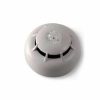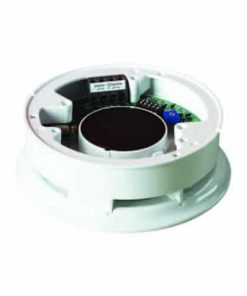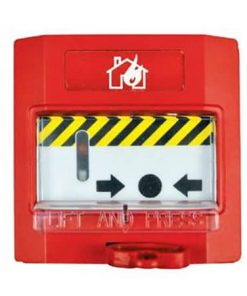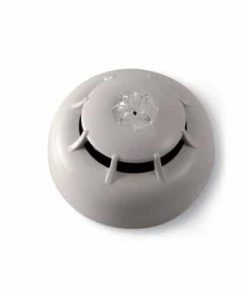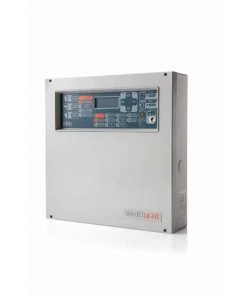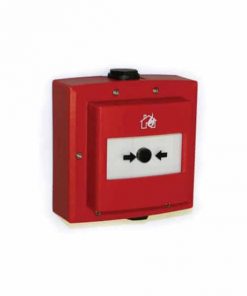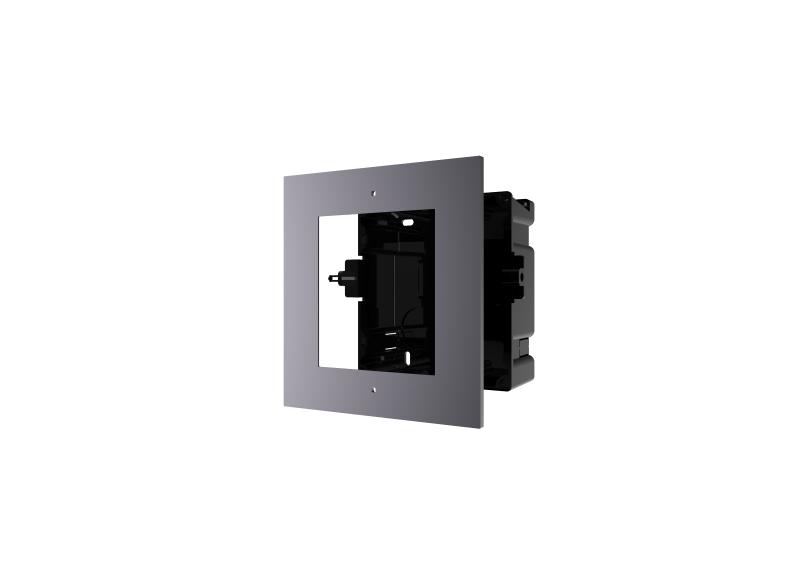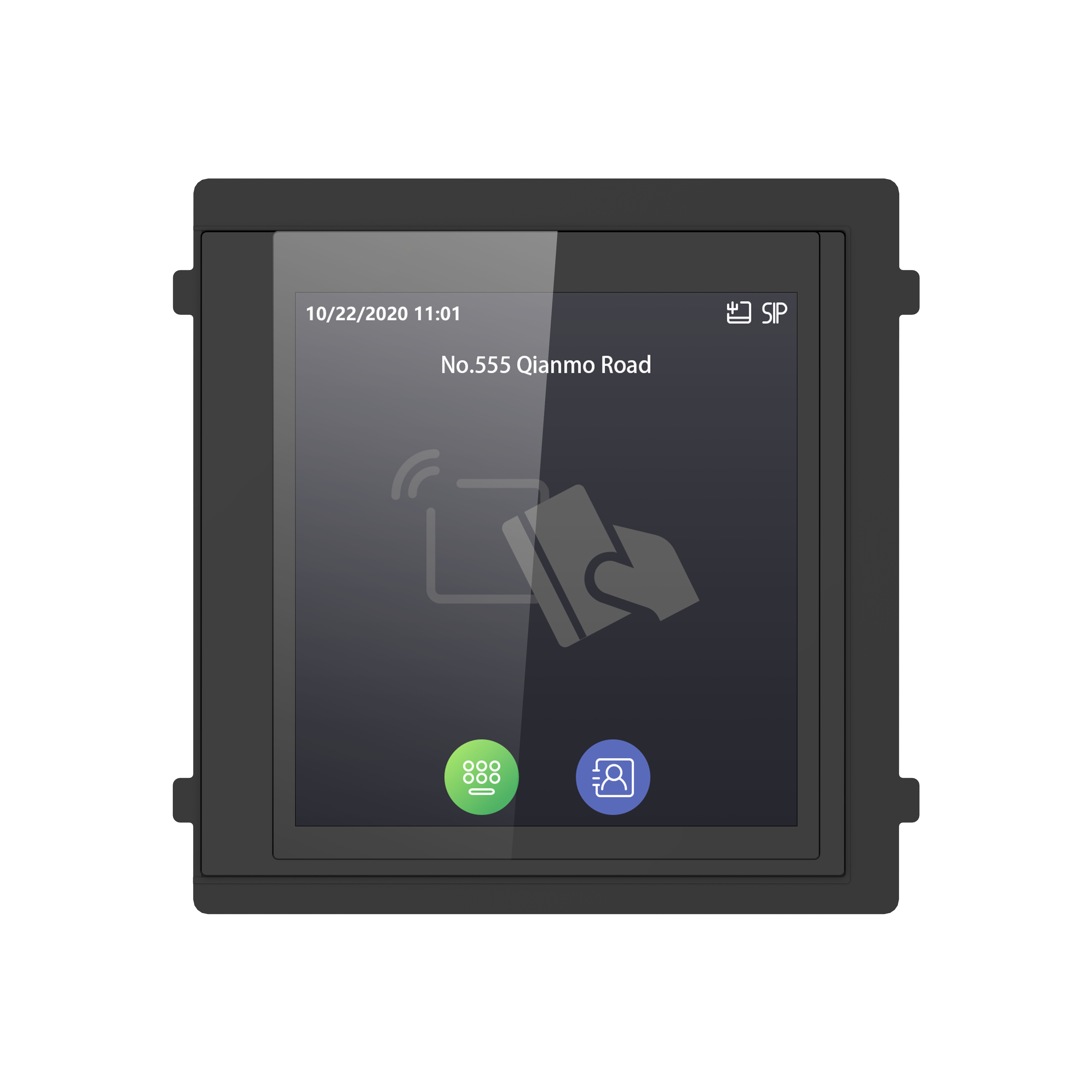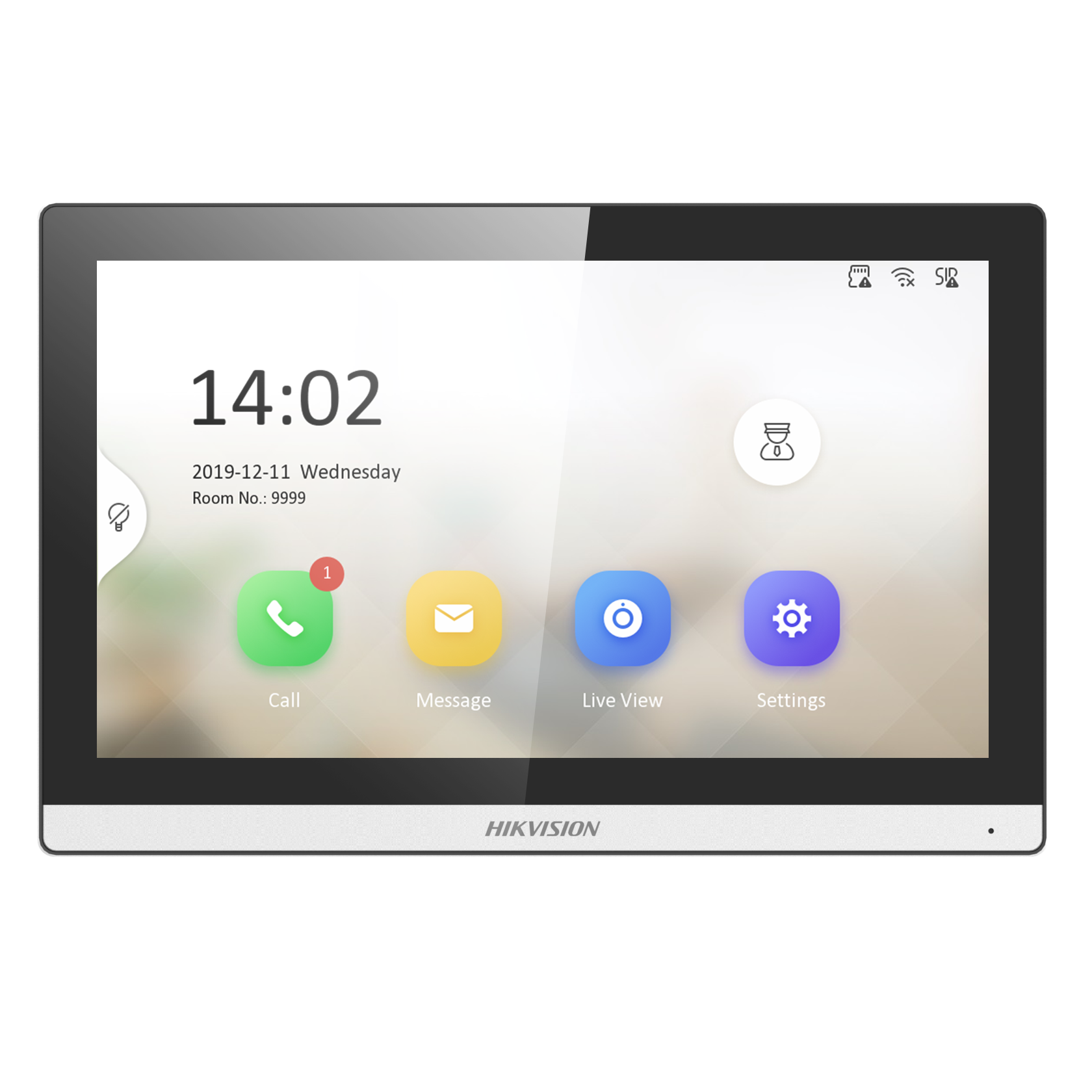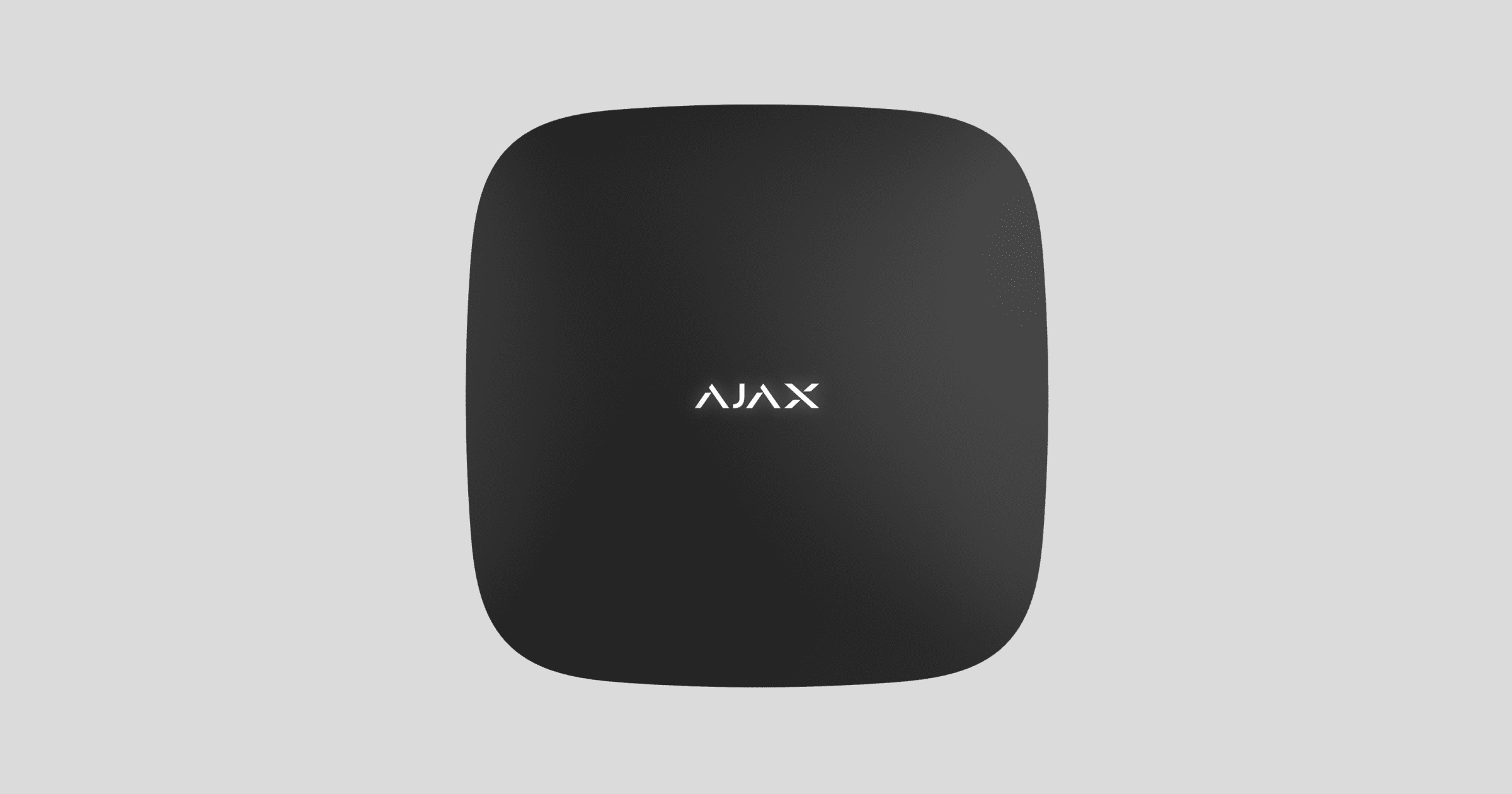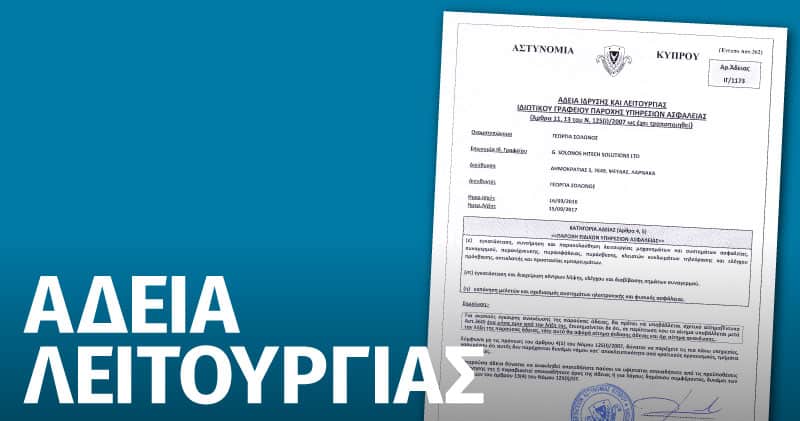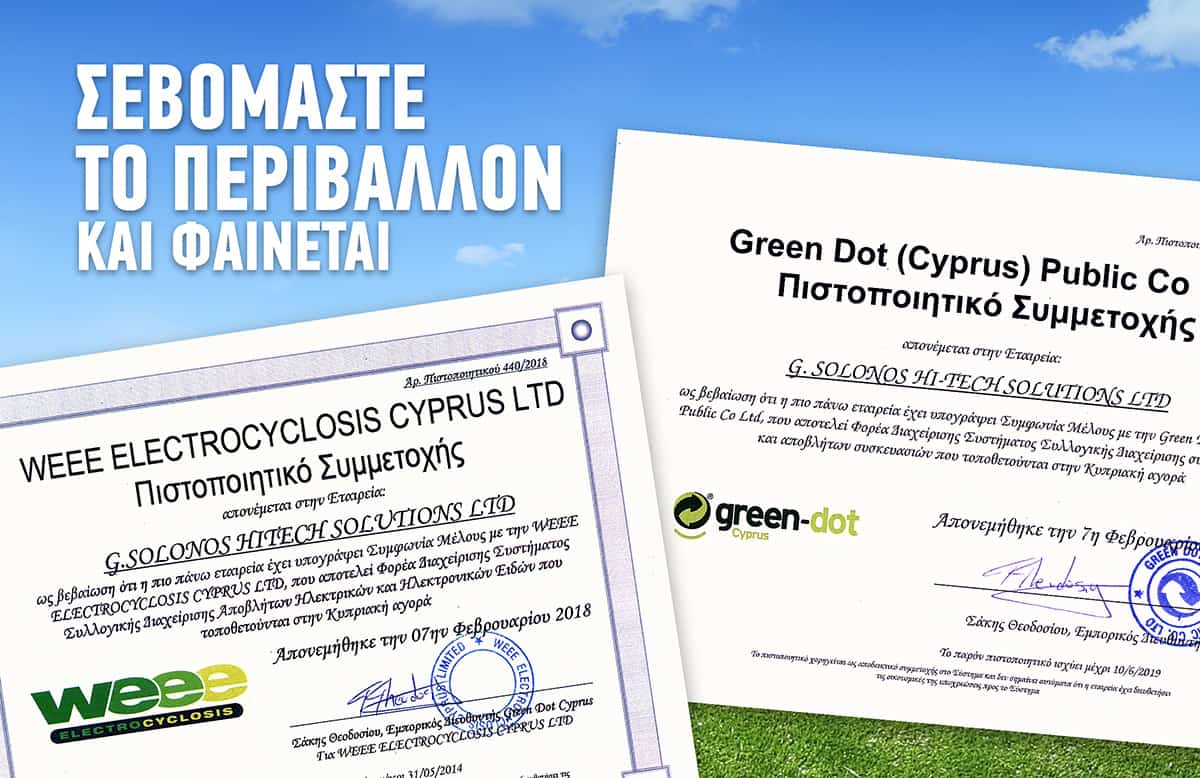December is nearly upon us, which means that many of you will be starting to plan your annual holiday festivities. Indeed, when the air is filled with celebration, we all spend much more time away from the home – whether we’re rushing around the high street looking for gifts to buy for our loved ones, […]
EC0010 Manual call point
Manual call point EC0010 Manual callpoint Data Sheet
- Addressable callpoint
- Manual callpoint with resettable element operated by plastic key (included).
- Warning flag confirms activation
- No broken glass
EC0010 Manual call point part of ENEA series callpoints, as a result of advanced technologies based on new-generation microprocessors, represent the most advanced technology that fire detection equipment can offer today.
Each device is identified by a unique factory-assigned serial number. Therefore, these devices do not require the use of an address programmer. The serial number is located on the device label and on two stickers which can be positioned on the system layout and on the mounting base. Once the loop wiring is complete, the EDRV1000 driver or SmartLoop/SmartLight control panel, assisted by LoopMap application, will enroll all the connected devices automatically and reconstruct a map showing the wiring order of the connected peripheral devices, “T” junctions and all the physical characteristics of the Loop. The LoopMap application allows you reconstruct the exact installation layout and thus create an easy-to-use, interactive loop map which greatly simplifies and speeds up searches relating to system faults and maintenance work. The innovative self-addressing function, developed by Inim’s R&D professionals, allows you to add new devices to an existing system without reprogramming it. In this way, the LoopMap specifications remain unchanged and the new devices are assigned available logical addresses (in order) and correctly positioned on the interactive map. The self-addressing function eliminates many of the problems connected with the manual addressing procedure, such as timeconsuming operations on rotary/DIP switches and errors caused by duplicated or wrong addresses and similar problems. LoopMap technology not only makes the self-addressing process more reliable, it also speeds up fault searches, facilitates system expansion, simplifies changes, assures greater flexibility and lower costs. Inim’s new technology combines the advantages of manual addressing with the cutting-edge efficiency of a self-addressing process. Fixed manual callpoint systems are used to integrate the automatic signalling capacities of fire detection systems, as described in UNI9795. “Each zone must include a certain number of manual callpoints. At least one of these callpoints must be located in a place which can be easily reached from all parts of the zone, at a distance of not more than 30m in low to average risk environments and 15m in average to high risk environments.” Alarm signalling is activated by pressing the transparent plastic fronteplate (no broken glass) and reset by means of the plastic key. The operating status analysis is implemented by the callpoint which transmits the completed reports to the control panel. The device is equipped with a line isolator capable of isolating any short-circuits in the loop.
Technical specifications
- Certification: LPCB EN54pt11/pt17.
- Addressing method: self-addressing with LoopMap technology.
- Line isolator: included.
- Number of addresses: 240.
- Cable: 2x1mm – 2×2 mm.
- Operating current: 19 – 30Vdc.
- Current draw during standby: 80μA.
- Current draw during alarm: 100uA.
- Alarm identification: Coloured flag.
- Protection rating: IP25.
- Operating temperature: -5 + 50 °C.
- Dimensions: (HxWxD) 93X93X45 mm.
Related products
Analogue Addressable Fire Alarms
Conventional Fire Alarms
Analogue Addressable Fire Alarms
Analogue Addressable Fire Alarms
ES0020RE Addressable loop-powered sounder/beacon unit in red enclosure
Analogue Addressable Fire Alarms
Analogue Addressable Fire Alarms
Analogue Addressable Fire Alarms
ES0010RE Addressable loop-powered sounder unit in red enclosure
Analogue Addressable Fire Alarms



